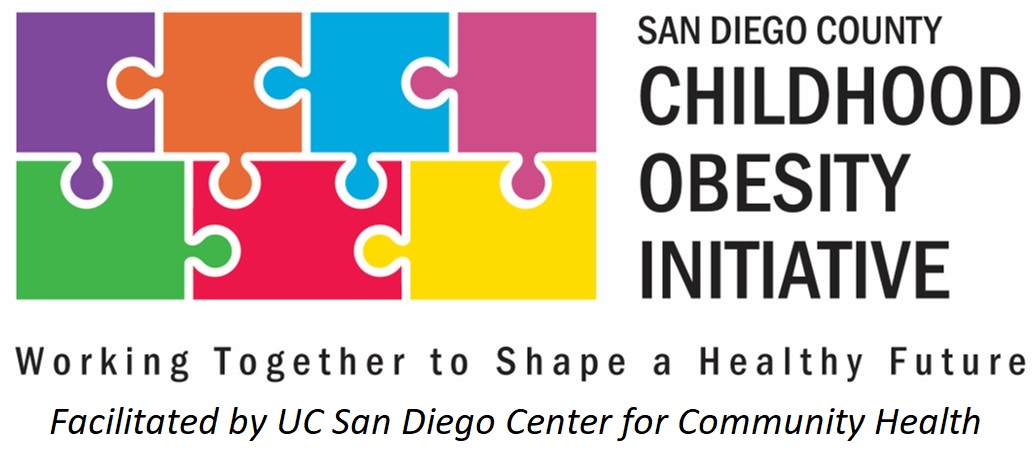Resources
Vision Zero Policy Toolkit
Support for safer streets from elected leadership has been a key component for Vision Zero’s success in other cities. In each of these localities, elected officials are announcing their support for Vision Zero and simultaneously releasing a plan for action, in partnership with city police and other city departments. Leadership for a data-driven approach to safe streets and roads can save lives, promote a healthy and active lifestyle, and reduce greenhouse gas emissions. Vision Zero is a win-win-win for everyone.
Sugar-Sweetened Beverages Policy Toolkit
The COI has prepared this toolkit in hopes that it will provide information useful to jurisdictions in improving the long-term health of their residents. This toolkit provides background information on the health risks associated with the consumption of added sugars, a menu of actions local governments can use to address the issue, and tools and resources to assist local governments in taking action.
Community Health Action Map Partners (CHAMP)
This tool identifies community engagement efforts to increase access to healthy food and beverages, opportunities for physical activity, and safe routes to healthy places. If you would like to add a community engagement group to this map, please contact Zachary Hansen at Zachary.Hansen@sdcounty.ca.gov.
Power Up for Sports & Health (PUSH) Toolkit
The PUSH Toolkit provides ideas, tools and support to make healthy nutrition part of the athletic experience for children and families engaged in organized sports.
Youth Engagement & Action for Health (YEAH!) Manual
The YEAH! Manual trains community stakeholders to work with youth and adult volunteers on community nutrition and physical activity improvement projects. To learn more about the YEAH! program, contact us.
Farmers’ Market Locations
The San Diego County Farm Bureau has a list of certified Farmers’ Markets throughout the county organized by the day of the week. The page also notes which markets accept WIC, EBT, and Credit Cards.
Federal Policy Advocacy Handbook
This document provides readers an overview of the federal policy process and the basics of legislative advocacy related to community food security.
Food Atlas
This new online tool allows for you to get a spatial overview of your community’s ability to access healthy food-grocery stores, farmers’ markets, food prices, restaurants, food insecurity.
icansandiego Resources for Faith Communities
The icansandiego Resources for Faith Communities Toolkit is designed to help faith leaders ensure a healthier future for its congregants and community-at-large by creating environments that support healthy habits.
Healthy Family Home
This YMCA toolkit provides families simple strategies for incorporating healthy habits into their daily lives and homes with resources, newsletters, tips, downloads, and other useful tools.
Community Toolbox: Bringing Solutions to Light
This toolbox is designed to promote positive community health and development by equipping community members with the skills needed for civic change- community assessment, planning, community mobilization and intervention, advocacy, evaluation, and marketing.
How to Talk about Food and Physical Activity
This guide provides youth with simple key points for talking about the systems that impact healthy eating and physical activity and the need for healthy community environments.
School’s Out…Who Ate?
This report tracks progress and trends in summer nutrition over the past year for low-income children in California. Report was prepared by California Food Policy Advocates using data provided by the California Department of Education and the U.S. Department of Agriculture.
Resident Leadership Academy
The Resident Leadership Academy (RLA) is 10-week specialized, comprehensive curriculum empowering community residents to make improvements to their communities that will encourage healthy eating, physical activity and safety.
Walk Scorecard
Circulate San Diego relesed a Regional Walk Scorecard to measures how San Diego’s regional cities are doing to respond to the call for more walkable neighborhoods. There are many walks to meausre walkability, the Scorecard emphasizes two of these: current walking conditions and policies and projects in place to improve walkability in the future.

